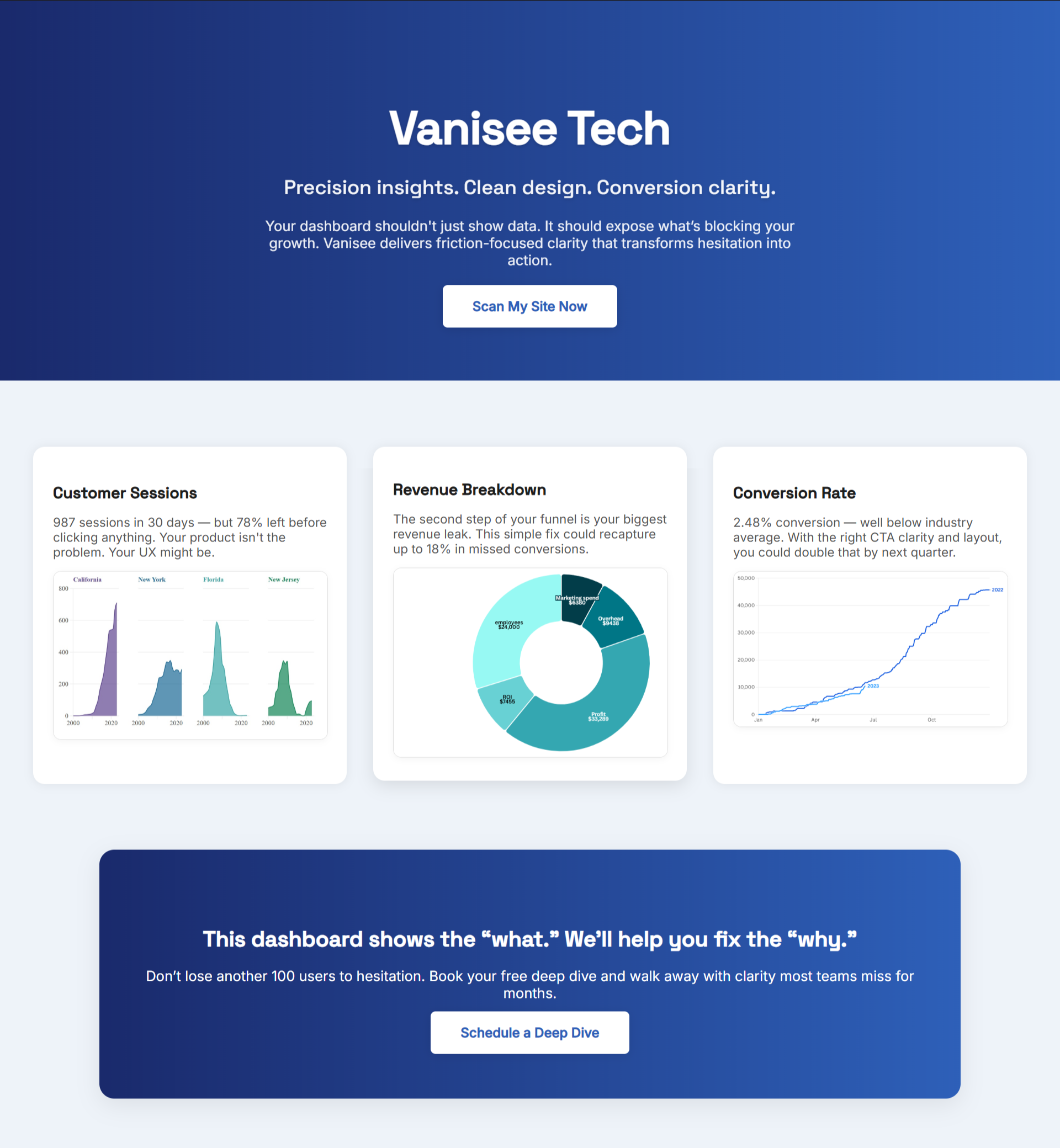So many pitches from a SaaS development company sound the same: a clean timeline, confident estimates, and a launch date that seems close enough to breathe again. The danger isn’t in missing the day; it’s in shipping something that looks done but still repels adoption. When you hand your roadmap to the wrong team, you don’t just lose time. You lose the compounding effect of early customer trust, and that is the most expensive loss a SaaS can take.
The Draining Cost of a Fast Hand-off
Rushing into a build feels like momentum. You move specs into a ticketing system, your standups start, and you can point to progress. The quiet cost is everything that never got clarified: which user the first release is truly for, what the primary action needs to be on the first screen, what “done” means for onboarding, and which metrics prove adoption. A SaaS development company can follow your brief perfectly and still ship something your users won’t keep.
We’ve seen this story across categories. As we covered in The Hidden Risk of MVP Development Company Misalignment With Your Stage, when a partner builds for the wrong stage, you inherit waste and stalled adoption. And when teams equate “feature complete” with “ready for market,” you meet the same outcome discussed in The False Security of Custom E-commerce Development—a product that feels safe on paper while value leaks in production.
Signals Your Build Is Blocking Adoption
Adoption problems rarely announce themselves. They nudge your metrics into a slow decline. If you see these signals, you’re not chasing features; you’re chasing clarity.
- Trials that don’t convert: Accounts activate, poke around, then disappear before the second session.
- Support tickets about basics: People ask how to do core actions you thought were obvious.
- Usage concentrated in one feature: A single workflow gets clicks while the product’s main promise sits idle.
- Onboarding fatigue: New users drop at the first long form, multi-step tutorial, or confusing permission request.
- Mobile pain: Sessions from phones start strong, then die near the action you wanted most.
.png)
Each symptom is a small leak. Together they predict churn, not expansion. If your team is seeing them already, the blind spot we outlined in The SaaS Development Company Blind Spot That Costs You Trust is likely at play: product looks polished, but proof and clarity are buried where users never see them.
Where Scoping Goes Wrong in a SaaS Development Company Partnership
Scope discussions tend to orbit features. Users don’t. Users follow momentum. When a partner scopes for “parity” with a competitor instead of momentum for your best-fit user, you inherit complexity you cannot support. Another common miss: “happy path” demos that never account for the one edge case your customers hit daily. The result is friction that erodes confidence long before price or security ever come up.
Ask for a scoping session that starts with moments, not modules: the first value moment a new user must reach, the second moment that proves it wasn’t luck, and the renewal moment that shows they will keep paying. Anything not serving those three moments is a candidate for later.
The Clarity Your Roadmap Really Needs
You don’t need more items on the board. You need a roadmap that names the one audience you’re shipping for next, the single primary action they must be able to complete in under a minute, and the proof you’ll place in their path to remove doubt. That clarity gives your SaaS development company a measurable target and gives you a way to say no without the politics.
Write these down before any sprint begins:
• The first line a new user sees that explains value in plain words.
• The button copy that mirrors their intent.
• The specific reassurance near that button: data handling, reliability, or support response time.
• The events you must track in week one to confirm adoption, not just activation.
The Evaluation Framework That Protects Your Budget
You can’t predict every edge case. You can prevent the worst ones with a partner that proves they work from outcomes backward. Use this simple framework before you sign.
- Show the first minute: Ask the vendor to mock the first mobile screen, the headline, and the button copy. If they can’t, your onboarding will drift.
- Place proof where eyes land: Where will trust indicators live on the first screen of the first core flow? If they’re “later,” adoption will stall now.
- Set speed limits: What is the target payload for your initial experience, and how will they verify it on a real 4G connection?
- Measure actions, not traffic: Which events prove adoption in week one, and how will you see them without custom SQL?
- Name the rollback: If the new onboarding underperforms, what is the path to revert safely within a day?
This is the same discipline we encourage when teams feel momentum dying, as outlined in Why Custom E-commerce Development Delays Quietly Kill Momentum. Process does not equal progress. Clear targets do.
What Changes After You Remove Friction
Picture your next month with the leaks sealed. Trials reach value in a single session. Support is about collecting wins. Demos shorten because the product shows itself. Sales stops negotiating fear. You release smaller, more frequent improvements because your instrumentation tells you exactly what mattered. That’s the compound effect you hired a SaaS development company to unlock. It doesn’t come from velocity alone. It comes from clarity you can feel.
“Innovation is saying no to a thousand things.” — Steve Jobs
The right partner helps you say no to work that won’t move adoption this quarter. That is how you save burn without starving growth.
How BluePing Keeps Your SaaS Development Company Honest
BluePing exposes friction before it hits your runway. It scans your key flows and flags weak hierarchy, vague button copy, misplaced reassurance, and slow elements that cause drop-offs. Instead of waiting weeks for usage patterns to hint at the problem, you get a short list of precise changes that increase the odds your first-time user becomes a paying customer.
Use BluePing before you hand off scope, during sprint reviews, and after launch. It gives your team the confidence to ship smaller changes faster because you know where to place proof and what to simplify first. That keeps your SaaS development company focused on outcomes that matter now—adoption, expansion, and retention—not a feature count that looks impressive and converts poorly.
This was just the surface. What’s beneath could be costing you thousands in missed activations and upsells. Enter your email to join the waitlist with it literally taking seconds to do, and join the hundreds of SaaS and eCommerce businesses waiting to get ahold of the first UX intelligence engine in the market.

.png)



